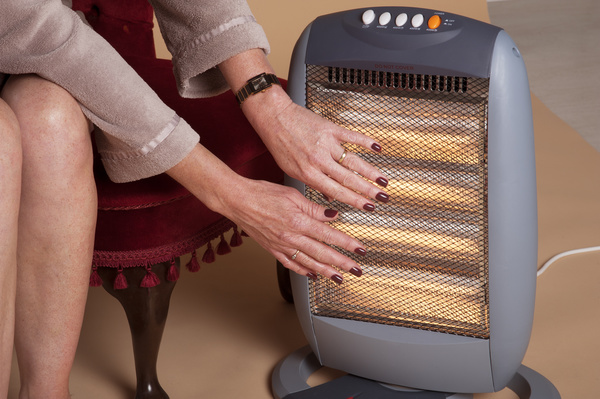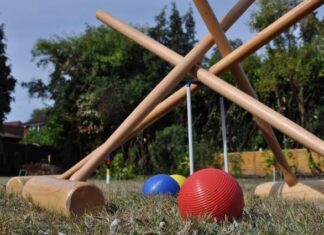Tips from Environment Victoria
THE cold and dark months of winter are the time when we spend more time indoors and turn up our heating.
It’s also the time when our energy bills and greenhouse gas emissions go sky high.
We all need to keep warm, but we can do it in a greener, cleaner way. Here are our top 10 tips for staying warm over winter.
1. Use heavy curtains to stop heat escaping from your windows. Up to 40 per cent of the heat escaping from your home in winter is from uncovered windows. Heavy, lined curtains which extend below the window frame will insulate your windows and help keep the warmth in. You can even make your own!
2. Install insulation in your house (or top up old and thinning insulation).
A well insulated house can use as much as 45 per cent less energy for heating and cooling, which means that insulation pays for itself in cheaper bills.
3. Seal up gaps and cracks that let the cold air in. In your average Victorian home, if you added up all the cracks and gaps, it would be the equivalent of having a one metre by 1.5 metre window open all the time. They can account for 15-25 per cent of heat loss in your home. Seal up cracks and gaps using weather stripping around doors and windows, gap filler for cracks in the walls and even a simple door snake for the bottom of the door. You can buy all of these things at your local hardware store, for not much money.
4. Install pelmets on top of your windows.
These are either boxes which sit cover your curtain rod or ’invisible pelmets’ which sit above your curtain rod and butt up against the back of the curtain, and they do a great job of stopping cold air coming into your room.
If you don’t have them, a cheap alternative is to attach a bit of plywood or corrugated plastic to the top of your curtain rail, out of sight behind the top of the curtain. Or even just pop a scarf up there.
5. Watch the temperature.
Heat the rooms you are using to around 20 degrees C in winter, a comfortable temperature for most people. If you don’t have a programmable thermostat on your heater, place a thermometer in your living area to keep an eye on the temperature. And think of putting on a jumper before you try turning up the heat.
6. Close off any rooms that are not in use.
Furniture can’t feel the cold, so why waste energy heating areas that you’re not using? A great way to keep the heat where you want it is to keep the doors to your living space closed. And if your heating system will let you, turn it off in empty rooms.
7. Let it shine!
When sunlight enters a room it is mostly ultraviolet (UV) radiation, which passes easily through glass. Once it hits an object the sunlight becomes infrared (IR) radiation or radiant heat. This doesn’t travel through glass as readily as UV radiation, so your room warms up.
To make the most of all this free energy it’s a great idea to open up your blinds and curtains during the day, especially north facing (for the morning sun) and west facing (for the afternoon sun). You might want to leave south facing windows shuttered on especially cold days however, as these don’t capture much sunlight.
8. Insulate hot water pipes.
Wrap external hot water pipes with simple insulating tape to reduce the heat loss from your hot water tank to the taps, and reduce the energy needed to get your hot water. It can be bought cheaply from your local hardware shop.
9. Focus on people, not your house. It sounds straighforward, but often it’s easier to warm yourself rather than your whole house. A warm pair of ugg boots and a snug jumper (or a snuggie if you prefer) could save you hundreds in heating and energy bills!
10. Maintain your heaters. Getting your heater serviced professionally at least every two years will keep it running more efficiently. Keeping heaters free of dust and cleaning any filters regularly will also help. Or if you’re in the market for a new one, check out this fact sheet.
For more information visit environmentvictoria.org.au/






